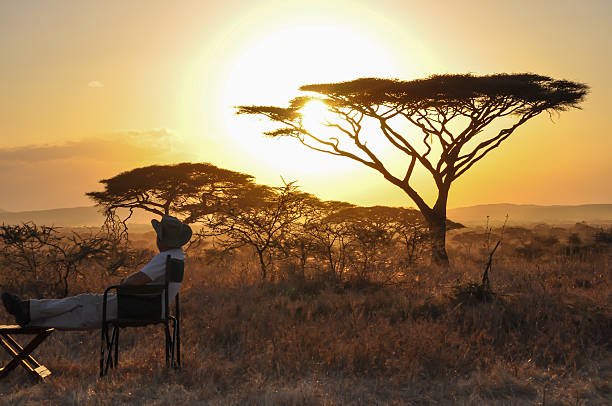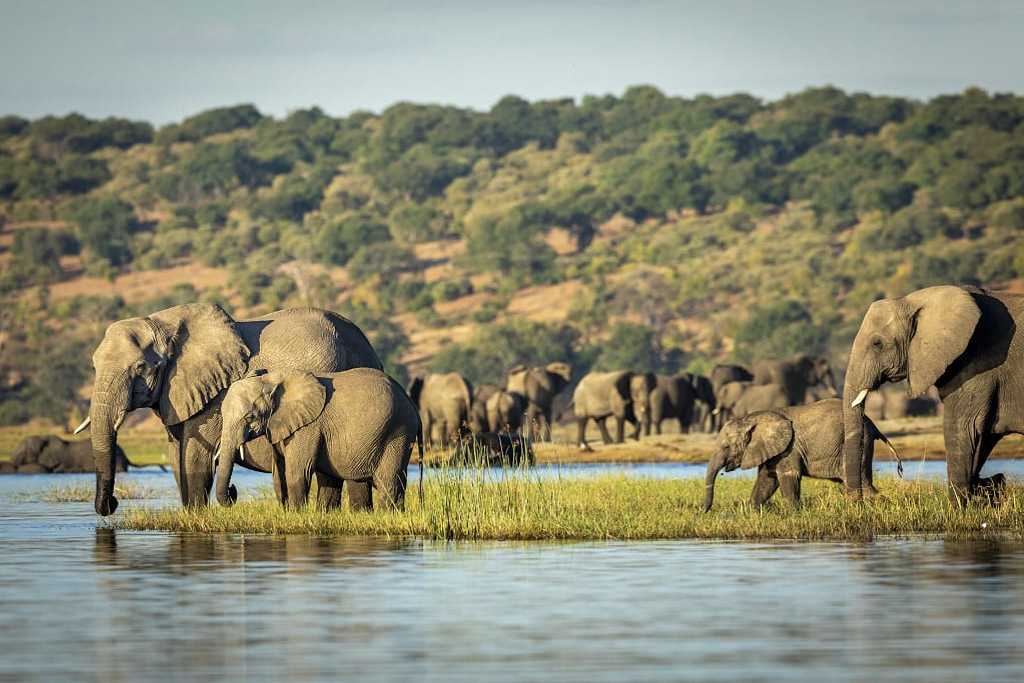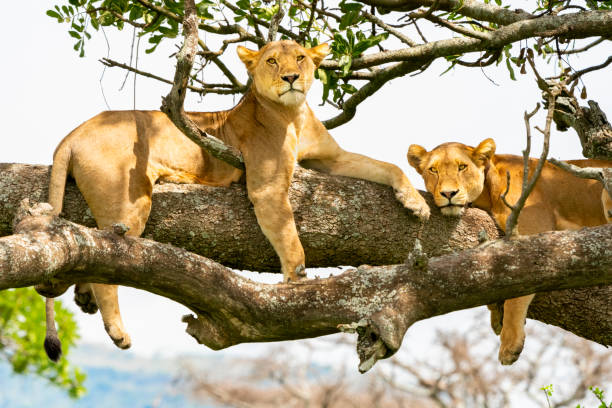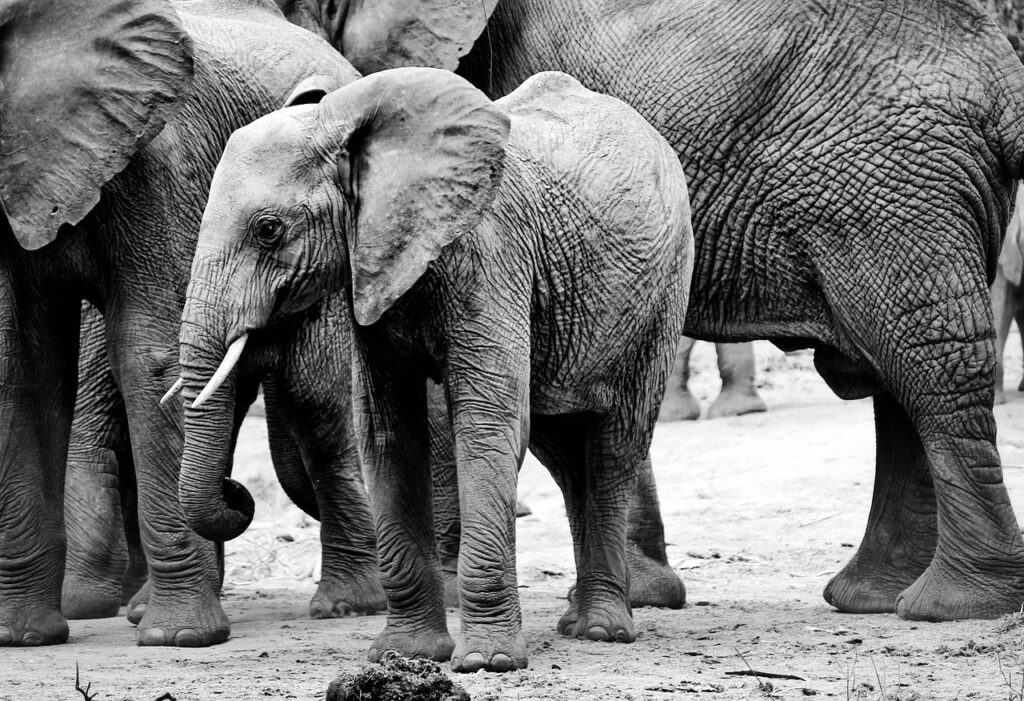Wildlife in Tanzania: Explore the Rich Animal Life in Tanzania National Parks
Wildlife in Tanzania National Parks: A Safari into Africa’s Natural Wonders
Tanzania is a jewel of East Africa, known not only for its stunning landscapes but also for its rich and diverse animal life. Home to some of the most iconic wildlife destinations on the continent, Tanzania national parks offer sanctuary to a dazzling array of species. Hence, making Tanzania a top destination for wildlife enthusiasts and conservationists alike.
The Big Five and Iconic Safari Species
Tanzania is one of the few places in the world where travelers can spot the legendary Big Five—lion, leopard, elephant, buffalo, and rhinoceros—in their natural habitat. The Serengeti National Park, a UNESCO World Heritage Site, is especially renowned for its lion populations. Serengeti National Park is one of the best places on earth to witness the natural drama of predator and prey.
But the wildlife experience goes far beyond the Big Five. Tanzania is home to over 430 species of mammals and more than 1,100 bird species. From massive herds of wildebeest in Tanzania and zebras to rare antelope and primates, the biodiversity is astounding.


Great Migration Tanzania
In this big migration Africa, there are wildlife in Tanzania like wildebeests, Zebras, Impalas and more. One of nature’s most awe-inspiring spectacles, the Great wildebeest Migration in Tanzania, takes place largely within the Serengeti np ecosystem. Each year, over 1.5 million wildebeests, accompanied by hundreds of thousands of zebras and gazelles. This animal migration in Africa moves in a circular route between Tanzania and Kenya in search of greener pastures. Along the way, they face numerous challenges, including crocodile-infested rivers and predators on the plains. This great migration Kenya Tanzania movement of wildebeests is not just a display of endurance but a vital part of the ecological balance.
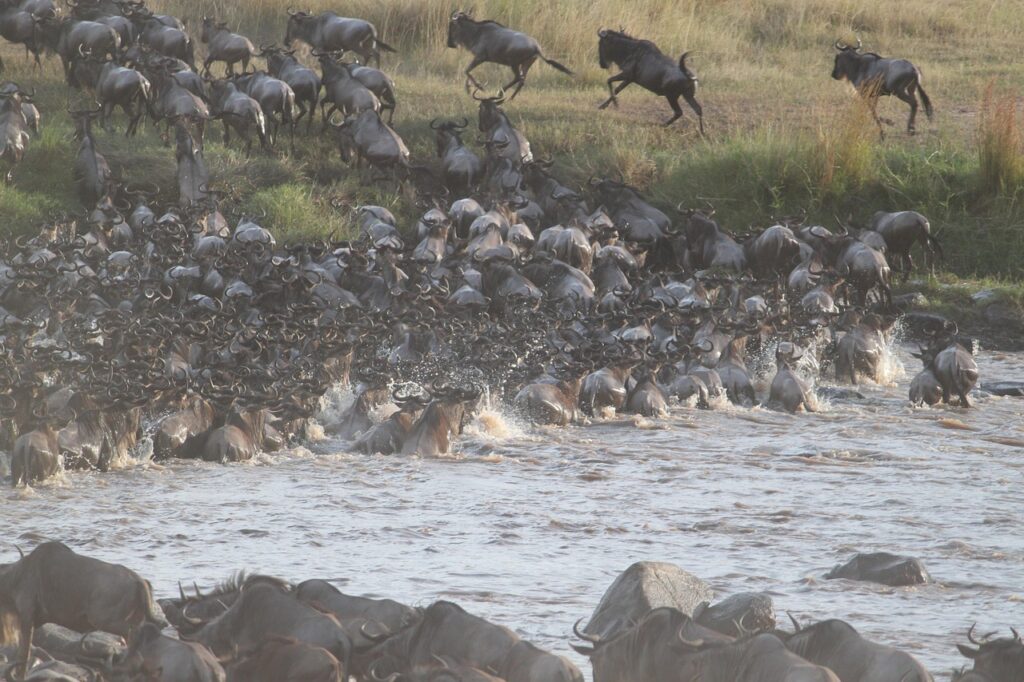
Primates and Rainforest Wildlife in Tanzania National Parks
In the western part of the Tanzania, National parks like Gombe Stream and Mahale Mountains provide refuge for chimpanzees. These Tanzania National parks offer unique opportunities to observe our closest relatives in the wild. Also, explore lush forests filled with other primates, butterflies, and rare birds in Tanzania.
Conservation Efforts of wildlife in Tanzania
Despite the natural beauty and ecological wealth, wildlife in Tanzania National Parks faces threats from poaching, habitat loss and climate change. However, the Tanzanian government, alongside local communities and international organizations, has made significant efforts to protect these natural treasures. Many Tanzania National parks are supported by eco-tourism. Hence, this helps fund conservation initiatives and provides economic benefits to surrounding communities in Tanzania.
Best Wildlife Destinations in Tanzania
Tanzania’s national parks span a range of habitats. From savannas and grasslands to mountains and rainforests with each supporting unique animal life in Tanzania.
Serengeti National Park
Serengeti Np in Tanzania is known for the big migration in Africa. This Animal migration in Africa is seasonal found in Serengeti Tanzanija. With wildlife in Tanzania like wildebeests, Impalas, Zebras and more.
Ngorongoro Conservation Area
The Ngorongoro Conservation Area has the Ngorongoro Crater, a vast volcanic caldera. This is a self-contained ecosystem where animals in Tanzania such as black rhinos, hippos, hyenas, and flamingos thrive.
Tarangire National Park
Tarangire National Park in Tanzania is famous for its elephant migration, ancient baobab trees, and large bird population. Visit Tarangire national Park for an exclusive safari tour in Tanzania.
Lake Manyara National Park
Lake Manyara National Park offers lush groundwater forests and is well known for its tree-climbing lions and pink-hued flamingos in Tanzania.
Ruaha National Park
Ruaha National Park, one of the largest and most remote Tanzania National Parks. Ruaha np supports large populations of lions and endangered African wild dogs.

